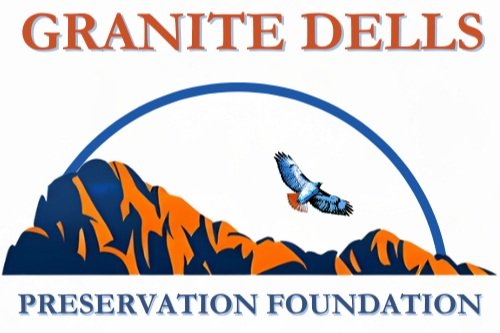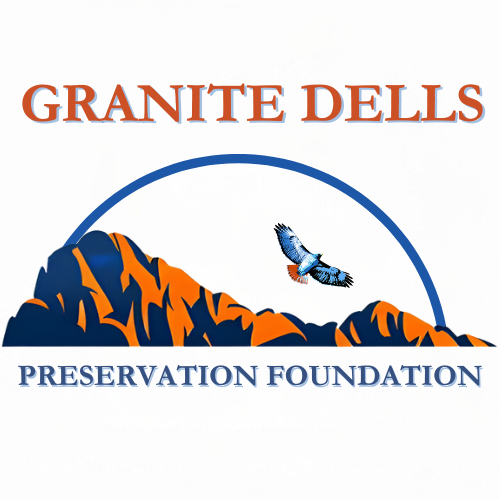Safe Yield, Open Space, and the Clean Water Act
by Chuck Budinger
What do Safe Yield, Open Space and the Clean Water Act have in common?
The Clean Water Act is legislation governing the quality of surface water. Safe Yield is a term quantifying the availability of water in aquifers. Open Space is undeveloped property within or at the edge of suburban and urban environments. Open Space has very little impact on the other two until the definition is expanded to include inter-connected habitat ecosystems across a region rather than isolated large tracts of land. Only when Open Space is viewed in this context can the relationship between habitat, Safe Yield, and the Clean Water Act be seen and quantified.
Quite simply, processes used in Clean Water Act actions to remove or filter contaminants from stormwater runoff are similar to those used in establishing ecosystem habitat and those used to facilitate the natural processes for short and long-term methods of water storage. For example, the Clean Water Act recommends the use of floodplains and riparian habitat for removing pollutants from surfaces waters as one tool to improve stormwater quality. Floodplains and riparian areas are also key elements in ecosystem development of wildlife habitat corridors (open space). Maintenance and preservation of floodplains could also be an important instrument in storing excess stormwater necessary for continuous stream flow. Water seeping from mountain floodplains increases flow in streams. This increased flow in stream adds to recharge in alluvial plains of the central Arizona grasslands to the north of Prescott. These granular formations contain the Little Chino Aquifer, the prime source of Prescott and Prescott Valley water. Safe Yield is the balance of water flowing into the Little Chino aquifer and that flowing out through pumping or springs.
An integral aspect of groundwater recharge in the grassland areas is the preservation of the hydrologic cycle. This phenomenon describes the cyclical nature of water: rain falls on the land; some infiltrates into the soil and is lost to the soil; some runs off which contributes to further loss of water in soil, plants, and air due to the short and rapid flow of water; some gets lost as it is absorbed by plants which then exhales it to the atmosphere (evapotranspiration); some seeps to the aquifer; and, some flows out of the watershed representing a permanent loss of water from the regional hydrologic cycle. Regional ecosystem corridors (the new Open Space) allows for “enhancement” of the hydrologic cycle at certain points in the cycle. For example, in the large wide-open spaces of the grasslands north of Prescott are wide broad shallow valleys. Small rock structures in an arc formation across the valley floor trap stormwater allowing it to percolate into the soil faster and in greater quantities than without the rock structure. This interrupts the losses due to stormwater runoff in the hydrologic cycle. It also increases downward flow of water to eventually reach the aquifer. Since Safe Yield is a balance of water in and water out, the more water trapped at the surface and allowed to percolate downward improves Safe Yield.
By contrast, covering the natural open space with impervious surfaces “disrupts" the hydrologic cycle. Covering the natural open spaces with a modern urban or sub-urban impervious surface reduces percolation of surface water to the aquifer. When rain falls on the impervious surface it runs off rapidly and potentially destructively to a pipe or lined channel that bypasses the entire hydrologic cycle. The likely scenario from this event is that a more significant portion of the stormwater from precipitation flows out of the watershed and not into the aquifer. Urban environments also contaminate surface water which then requires treatment under the Clean Water Act to counteract the effects of impervious surfaces.
Developing Open Space as an ecosystem framework over a regional area (Central Yavapai) creates the opportunity to achieve Safe Yield more quickly than by covering the ground with an impervious system. The result of this land-use change is more valuable land for use, cleaner water, more water and aesthetically pleasing environments for man to play and work in. We cannot afford to run out of water. Open Space preserved as an inter-connecting framework of ecosystem habitat corridors provides a sure bet to assure our water supply.

